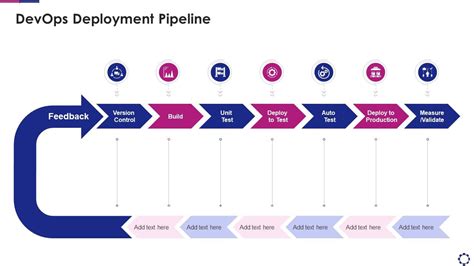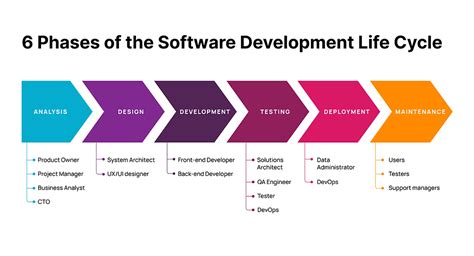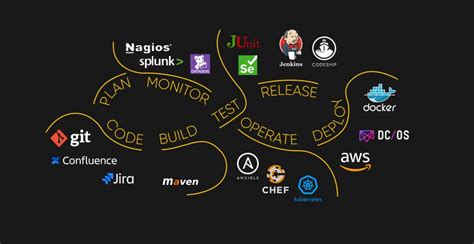What is a Deployment in Software Development Explained

What is a Deployment in Software Development?

In the context of software development, a deployment refers to the process of making a software application or system available for use by end-users. This involves releasing a version of the software that has been thoroughly tested and validated, into a production environment where it can be accessed and utilized by the intended audience. Deployment is a critical phase in the software development life cycle, as it marks the culmination of the development, testing, and validation efforts, and makes the software available for use by the end-users.
Why is Deployment Important?

Deployment is a vital aspect of software development for several reasons:
- End-user access: Deployment makes the software available to the end-users, who can then utilize it to perform their tasks and achieve their goals.
- Return on investment: Deployment is essential for realizing a return on investment (ROI) from the software development efforts. By making the software available to the end-users, organizations can start generating revenue, reducing costs, or achieving other benefits.
- Competitive advantage: Timely deployment of software applications can provide a competitive advantage to organizations, enabling them to respond to changing market conditions, customer needs, and emerging trends.
- Feedback and improvement: Deployment provides an opportunity for organizations to gather feedback from end-users, which can be used to identify areas for improvement and inform future software development efforts.
Types of Deployment

There are several types of deployment strategies that organizations can employ, depending on their specific needs and requirements. Some of the most common types of deployment include:
- Manual deployment: This involves manually deploying software applications to production environments, using scripts, tools, and other manual processes.
- Automated deployment: This involves using automated tools and scripts to deploy software applications to production environments, reducing the risk of human error and increasing efficiency.
- Continuous deployment: This involves deploying software applications to production environments on a continuous basis, using automated tools and scripts to facilitate rapid and frequent deployments.
- Cloud deployment: This involves deploying software applications to cloud-based environments, such as Amazon Web Services (AWS), Microsoft Azure, or Google Cloud Platform (GCP).
Deployment Process

The deployment process typically involves the following steps:
- Planning and preparation: This involves planning and preparing for the deployment, including identifying the deployment strategy, scheduling the deployment, and communicating with stakeholders.
- Building and packaging: This involves building and packaging the software application, including compiling the code, creating installation packages, and configuring the application for deployment.
- Testing and validation: This involves testing and validating the software application, including conducting unit testing, integration testing, and user acceptance testing (UAT).
- Deployment: This involves deploying the software application to the production environment, using manual or automated processes.
- Monitoring and maintenance: This involves monitoring the software application in production, identifying and addressing issues, and performing routine maintenance tasks.
Best Practices for Deployment

To ensure successful deployments, organizations should follow best practices, including:
- Automating deployment processes: Automating deployment processes can reduce the risk of human error, increase efficiency, and facilitate rapid and frequent deployments.
- Using version control: Using version control systems, such as Git, can help organizations manage changes to the software application, track revisions, and collaborate with team members.
- Conducting thorough testing: Conducting thorough testing, including unit testing, integration testing, and UAT, can help identify and address issues before deployment.
- Communicating with stakeholders: Communicating with stakeholders, including end-users, IT teams, and business leaders, can help ensure that everyone is informed and prepared for the deployment.
Common Deployment Tools and Technologies

There are several deployment tools and technologies that organizations can use to facilitate the deployment process. Some of the most common tools and technologies include:
- Jenkins: Jenkins is a popular continuous integration and continuous deployment (CI/CD) tool that can be used to automate deployment processes.
- Docker: Docker is a containerization platform that can be used to package and deploy software applications.
- Kubernetes: Kubernetes is an orchestration platform that can be used to manage and deploy containerized applications.
- Ansible: Ansible is a configuration management tool that can be used to automate deployment processes and manage infrastructure.
Conclusion

Deployment is a critical phase in the software development life cycle, as it marks the culmination of the development, testing, and validation efforts, and makes the software available for use by the end-users. By understanding the deployment process, types of deployment, and best practices, organizations can ensure successful deployments and realize the benefits of their software development efforts.
What is a deployment in software development?

+
A deployment in software development refers to the process of making a software application or system available for use by end-users. This involves releasing a version of the software that has been thoroughly tested and validated, into a production environment where it can be accessed and utilized by the intended audience.
Why is deployment important?

+
Deployment is important because it makes the software available to the end-users, who can then utilize it to perform their tasks and achieve their goals. It also enables organizations to realize a return on investment from the software development efforts, respond to changing market conditions, and gather feedback from end-users to inform future software development efforts.
What are the different types of deployment?

+
There are several types of deployment strategies, including manual deployment, automated deployment, continuous deployment, and cloud deployment. Each type of deployment has its own advantages and disadvantages, and organizations should choose the one that best fits their specific needs and requirements.
**



